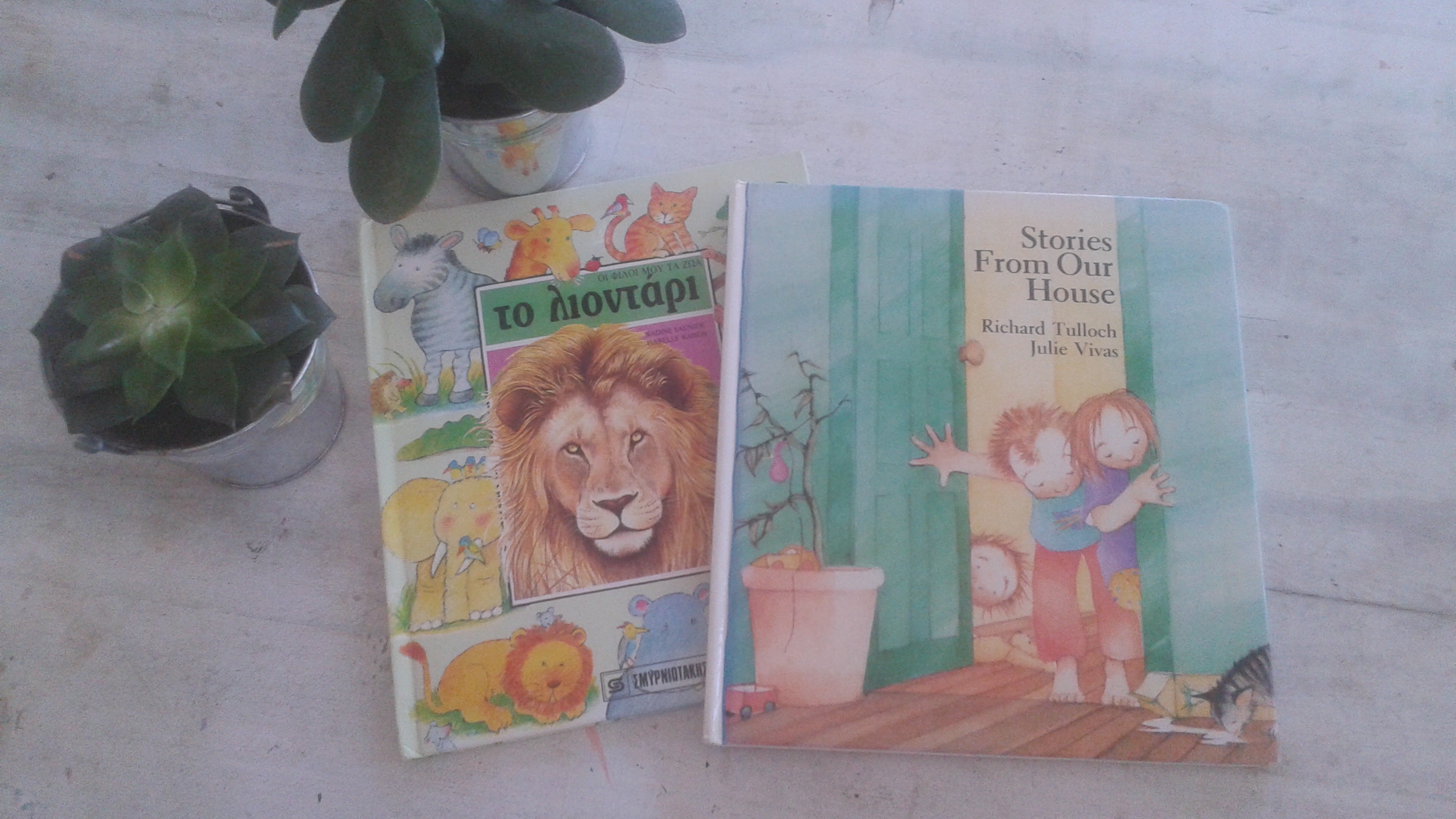A painting, an ant farm, a lion’s roar, the trance of unworthiness and a newspaper meditation (Edited)
“The practice of meditation, or coming into presence, is described as having two wings. The wing of mindfulness allows us to see what is actually happening in the present moment without judgment. The other wing is heartfulness or love — holding what we see with tenderness and compassion. You might think of it as two questions: What is happening right now? and Can I be with this and regard it with kindness? These are the two wings that we cultivate to be able to wake up out of the trance of unworthiness — out of the spacesuit self — and sense that gold that’s shining through.” Tara Brach, PhD

Today I’m posting the painting I have been working on quite intensively this month, which I am letting go of so that I can hopefully move on to something new next week (currently I have decided to prioritize expressing more ideas and content than spending a great length of months on one artwork).
I am also sharing short extracts from Dr Tara Brach’s new book; Trusting the Gold.
The first extract is a tender story related to ants and her then young son, which reminded me of my own son when he was little. When my son was three I bought him a book with the title: Stories Fom Our House written by Richard Tulloch and illustrated by Julie Vivas. For the next couple of years it was a favourite read. One of these stories was about ants: “The ants came into our house, marching in a line. A long brown line of ants, some of them coming and some of them going ….” We ended up learning most of the stories by heart and leaving a little food outside our house for the ants. Later I used the story to create grammar worksheets to practise past tenses for my son and students.
Tara Brach writes: “When my son, Narayan, turned six, I gave him a gift that I knew would feed his curiosity about the natural world. Called an ant farm, this “kit” provided a view into the activities of living ants. Fascinated, he watched for hours. He named several and followed their efforts as they hurried back and forth, digging a network of tunnels and carrying food to store away. Watching the ant farm together became part of our daily ritual. One day a few weeks later, Narayan arrived home from school deeply upset. On the playground some of the kids had made a game of stepping on ants. He was horrified that they could be hurting, even killing, some of these amazing creatures that he had come to know and admire. We sat down together, and I held him as I explained that his friends didn’t have ant farms so they hadn’t had a chance, like he did, to get to know what ants are really like. I told him that when we pay attention to any living beings, we get to see how they move and relate to each other, how they are hungry, and what they are looking for. We find out that they are real and that, like us, they want to stay alive. As he listened intently, I told him that if his classmates ever paid really close attention to ants, they wouldn’t hurt them anymore. Narayan turned to me and said, “I want to have them all over, so they can meet my ants.”
The next extract is about how she turned reading the newspaper into a meditation.
She writes: “I’d open the newspaper and find myself feeling anger and hostility toward those in government who were beating the drums of war……… I was increasingly aware that the hostility I was feeling in my own mind was actually another form of violence. And yet I needed to stay engaged; I needed to do something, to take some kind of action. Since I wasn’t going to stop reading the newspaper, I decided to make it into a meditation. Each morning I would open the paper, check out the headlines, read a few paragraphs . . . then pause. I’d notice my reactions— the thoughts and feeling of outrage. I’d allow the experience to move in my mind and body, not denying or feeding it, just witnessing the response I was having to the latest reports. I began to see that when I opened to the full force of the anger I was feeling, I could sense within it fear for our world. And as I opened to the fear, it unfolded into grief for the suffering and devastation that was inevitable in war. And out of the grief arose a deep caring for all the beings— humans and animals and trees— that would be harmed by the violence we were moving toward…… By holding my feelings of anger and frustration with “radical acceptance,” I could find my way to the caring that gives rise to wise action. Acceptance of whatever arises in us in the present moment is not a passive act. Rather, this engaged, mindful presence allows us to respond to our world from our deepest compassion and wisdom….”
Finally, I’ll share another little story about my son that came to mind by another piece in the book. After we had watched Lion King enough times, we were intrigued by the lion cub’s attempts to learn to roar and talked about how sometimes we too need, like the little lion, to practise breathing out our own kind of human roar so that we may come into contact with our own voice, strength and courage.
Tara Brach writes: “Let yourself imagine what it would be like to live every day with the Lion’s Roar, trusting that whatever arises, including the greatest losses and the deepest fears, has the potential to awaken wisdom and love.”
